by Christopher Miskimon
Within a few weeks of the “Shot Heard ‘Round the World” at Lexington and Concord, the fledgling United States, its army mostly underequipped militia, set out to defeat the British Army. By the end of April 1775 that force had dug in at the city of Boston and was soon surrounded by a Patriot force that had encircled it. Still, the rebels lacked the ability to take the city in particular, they lacked artillery to press the siege to a conclusion. It was early May 1775 and the rebels had to move quickly to cut off British sources of supply and communication.
Not too far away in the relative wilds of New York was one of the key bastions of British control in New England, but it was vulnerable. Fort Ticonderoga was isolated and defended by only a small garrison of British troops. Patriot Ethan Allen and his local force of irregular troops, known as the Green Mountain Boys, were tasked to take the fort and secure its guns, a mission they eagerly accepted. Thus began the first special operation of the American Revolution.
The taking of the fort and another nearby at Crown Point would net the nascent Continental Army more than 200 cannons, howitzers, mortars, and other supplies. It was a tale beset by challenges. Allen and his officers had to gather their forces, supply them, move them by both land and water, and launch assaults on two fortresses. Along the way there were many impediments.
On May 8 Benedict Arnold showed up with his own ideas on capturing the fort. This presented Allen with a dilemma; Arnold had written authority from Massachusetts and a colonel’s commission. However, the Green Mountain Boys refused to serve under Arnold, so Allen retained command with Arnold going along as a volunteer officer. The famous traitor would later claim he had shared command of the expedition.
Weather and a lack of boats threatened their success, but the actual taking of Ticonderoga on May 10 proved somewhat anticlimactic. The garrison was quickly overwhelmed in a night attack. Like most daringly executed unconventional operations, achieving surprise led to quick victory. Two days later Crown Point was taken without a shot fired. Speed, surprise, and force had won the day. Later some 57 of the captured guns would be laboriously hauled to Boston, helping to force the British out of the city and sending the war to its next phase around the city of New York.
Today special operations are considered a hallmark of military operations and receive much attention. Such operations have taken place throughout American history, despite the lack of attention given them until recently. From 1775 to 1783 many important operations of the war were carried out by small groups of rangers, scouts, and other specialized groups pulled together to carry out difficult tasks.
Short Reviews
Special Operations During the American Revolution
(Robert L. Tonsetic, Casemate Publishers, Havertown PA)
The taking of Ticonderoga is probably the best known of the operations described in this work. Unless reader are veritable authorities on the Revolutionary War, they is sure to read something in this book they did not know about. For example, the New Providence Raid—the first amphibious landing by the U.S. Marines against a British town in the Bahamas—was carried out to capture gunpowder for the Continental Army. Each chapter covers a different special operation. The book also covers partisan warfare between Patriots and Tories. The author’s coverage of small engagements gives readers a good sense of the bitterness and hatred that tore apart the American colonies. Last, a summary of George Rogers Clark’s expedition in what would become the Northwest Territory sheds light on his herculean efforts to bring the war to Britain in the then-undeveloped wilderness.
This is a well-written, easy to follow work that does an excellent job telling many small stories of the American Revolution. Many of the leaders of these operations are lesser known figures most readers have likely heard of but know little about. While some biographical information is included on each, their deeds speak much more loudly, showing the sort of men who led the budding United States of America in the struggle for its independence from the contemporary superpower, Great Britain.
Henchmen of Ares: Warrior and Warfare in Ancient Greece
(Josho Brouwers, Karwansaray Publishers, Rotterdam, Netherlands)
The Greeks are generally looked on as the founders of Western Civilization, as well as its first defenders. Contemporary pop culture has particularly embraced Sparta and its warrior culture in print and film. But there was more depth to the ancient Greek warrior. They fought each other or outside enemies at need, developing an intricate military tradition along the way. What we know of the Greek warrior has been gleaned from various archaeological records. This new Dutch import collects these various finds and uses them to paint a detailed description of Greek soldiery and how they fought.
The book takes a scholarly approach to demonstrating what archaeology tells us about the era. It is well illustrated with battle scenes, period artifacts, and imagery of ships, weapons, and fortifications. There has been a recent dearth of books covering ancient warfare; this work goes far to redress that imbalance.
Prelude to Blitzkrieg: The 1916 Austro-German Campaign in Romania
(Michael B. Barrett, Indiana University Press)
Most Westerners think of World War I as a stagnant conflict fought from trenches. The fighting on the Eastern Front was much more fluid, a war of maneuver where there was far too much ground to ever fortify with continuous defenses. Armies could maneuver and even take advantage of the newfound mobility of trucks and armored cars. This is exactly what occurred in Romania.
That nation unexpectedly joined the Allies, quickly mounting an offensive to capture territory in Transylvania, part of the Austro-Hungarian Empire. Germany committed what it could to support its ally; many of the assembled troops were second rate. The leader of this hastily formed army, Erich Von Falkenhayn, was first rate; however, and led this force to a crushing victory over the attacking Romanians. Combining rapid movement and flanking assaults, in a year of fighting Von Falkenhayn not only pushed his opponents out of Transylvania but continued into Romania itself, effectively knocking that nation out of the war.
The Eastern Front during World War I is not as well understood in the United States. This book brings well-deserved light to the subject. Studying this part of the war greatly widens the reader’s understanding of the conflict as a whole.
In the Hour of Victory: The Royal Navy at War in the Age of Nelson
(Sam Willis, W.W. Norton and Company, Inc. New York)
The Napoleonic era was the Golden Age of the British Royal Navy, when challenges critical to the nation arose, were met, and astounding victories won. In an age where communications moved only as fast as the wind could push a sail, naval officers possessed extensive decision-making authority. They were empowered to act and often did so. The result of this was an enormous amount of correspondence as reports, invoices, and what today would be called after-action reviews flowed back to London from far-ranging battlefields.
This new work takes all of this correspondence and collates it into a narrative that reassesses the key battles of the era, giving fresh perspectives on them and allowing the reader to see the actual thoughts and statements of the participants, ranging from high admirals to surgeons reporting casualties and boatswains evaluating the damage done to their beloved vessels. Along the way the author includes interesting pieces of information to accompany the coverage of battle. For example, Nelson kept the lightning rod from the French ship L’Orient displayed prominently in his hallway. The ship had exploded at the Battle of the Nile in 1798 and the rod was one of the few pieces left intact. Since Trafalgar was such an important victory, pieces of the involved ships were turned into all manner of souvenirs; even Nelson’s pigtail was cut from his head after his death and is now on display in the Royal Maritime Museum in Greenwich. These tiny details round out the book and give it a modern connection.
Unknown Wars of Asia, Africa and The America’s That Changed History
(Steven M. Johnson, Atlas World Publishing, New York)
Wars often mark turning points in history, causing or enabling change. Many are well known, while others are virtually unknown but played equally important roles in shaping our world. Often this is a matter of culture; an average western reader knows nothing of the wars that rocked the Khmer Empire in the 12th century because it is too far outside their society’s frame of reference to make it seem relevant. Those wars affected the development of modern Southeast Asia, a region very much in the public eye of the 21st century. This new work explores a number of those conflicts and how their effects trickle through history to our time.
For example, the Taiping Rebellion (1851-1871) claimed 30 million lives over 20 years, beginning when a Chinese schoolteacher read poorly translated Christian tracts and decided he was meant to rid China of Confucianism and government corruption. Raising an army, the movement quickly became a threat to the ruling Qing Dynasty and war broke out. The fanatical Taiping troops won many victories, arming themselves with captured weapons and, in time, growing to 500,000.
Eventually, internal dissent fragmented the Taiping troops and the original leader of the rebellion died in 1864. Nevertheless, fighting went on until the last vestiges of the Taiping army were destroyed in 1871. Little known in the West, this war featured the rise of regional warlords and their personal armies, which were to have wide effects on China through the mid-20th century when the Communist Revolution began.
This book provides general retellings of the 18 various conflicts it covers, ranging from ancient wars to the Russo-Japanese War of 1904-1905. Some chapters summarize a series of campaigns spread over centuries, such as England’s pirate actions against Spain and the wars conducted around the African slave trade.
Code Name Johnny Walker: The Extraordinary Story of the Iraqi Who Risked Everything to fight with the U.S. Navy Seals
(Johnny Walker with Jim DeFelice, William Morrow, New York)
Working as a “terp,” or interpreter, for the American troops was a dangerous occupation in Iraq. These men didn’t even use their real names while working but rather code names in an effort to keep them anonymous and safe. One such terp, “Johnny Walker,” was driving through Mosul one morning in 2004 on the way to work at a U.S. base nearby. Suddenly he saw a car behind him, two men in it. Johnny knew what was going to happen. The men fired at him but missed. The terp rammed their car then jumped out with his AK-47 blazing. Both men died and a crowd quickly formed, demanding to know why Johnny had fought them. If he admitted that he had defended himself from terrorists who wanted him dead because he worked for the Americans, then the mob would kill him in turn. Johnny did what he had to do; he lied, told them he had killed the two men because they had been working for the Americans. The crowd cheered him and he quickly got away.
This book chronicles the story of Johnny Walker as he spends six years working with U.S. Special Forces troops. They quickly adopted him as one of their own and when his service to America made it too dangerous for him to remain, Navy SEALs helped get him to the United States. This book is written as an autobiography. It is a gritty look at the life of a man who risked everything because he thought it would help his nation.
Blucher: Scourge of Napoleon
(Michael Leggiere, University of Oklahoma Press, Norman)
This Prussian officer is best known for his late-day arrival at Waterloo, one of the actions that led to the defeat of Napoleon Bonaparte on June 18, 1815. There is more to the man however, including service in the Swedish Army against Prussia during the Seven Years War. Later he served virtually throughout the Napoleonic Wars in one capacity or another, taking part in some of that conflict’s most famous battles such as Jena-Auerstedt, Lubeck, and Ligny. At this last engagement, Blucher’s horse was struck by a musket ball and in its death throes fell atop the hapless field marshal, pinning him to the ground. Enemy cavalry rode all around him, but his aide covered him with his cloak to prevent anyone from recognizing him or his rank. As rain clouds gathered the enemy broke off their attack and the aide had Blucher evacuated from the field, allowing him to make his rendezvous with destiny at Waterloo two days later.
Blucher’s life was full of such drama. He was a general who led from the front; his men called him “Marshal Forward.” This is the first English-language biography on the man and the 41st Volume of the University of Oklahoma Press’ well-regarded Campaigns and Commanders series. It is well researched and Blucher’s story is woven into the wider narrative of the Napoleonic Era, showing how his actions intertwined with those of his allies and enemies.
The Most Dangerous Man in America: The Making of Douglas MacArthur
(Mark Perry, Basic Books, New York)
Douglas MacArthur is a controversial figure in American military history. Some proclaim him a genius, others a dangerous egomaniac. Mark Perry’s new book examines how President Franklin D. Roosevelt and others used MacArthur’s ability while simultaneously bending him away from his overweening ego to make him a useful asset to the nation. The author holds that the general exhibited both genius and vanity in full measure, but could still be an asset to his country nonetheless.
MacArthur led Allied forces from the Philippines to Australia, the numerous islands of the South Pacific, and eventually back to the Philippines and beyond. The author covers this journey with easy to follow prose and insightful judgments of the decisions of not only MacArthur, but his opponents and fellow Allies. These are interesting to read even if one does not agree with them as the arguments are well put. History has been hard on MacArthur; this book maintains the man had successes and failures, but only the failures are remembered today.
Yankee Air Pirates: U.S. Air Force Uniforms and Memorabilia of the Vietnam War, Volume I
(Olivier Bizet and Francois Millard, Schiffer Publishing, Atglen PA)
Schiffer Publishing specializes in comprehensive books that appeal to history buffs, re-enactors, and veterans; this new work should appeal to all three. It is an extremely detailed photobook concentrated on the U.S. Air Force in Vietnam. Each chapter focuses on a different role, such as forward air control, rescue, and security. While the text vividly describes the work of each role, the illustrations are what make the book. Uniforms, patches, insignia, weapons, and specialized equipment are all shown in well-designed layouts. The numerous photographs are a combination of official images and personal pictures taken on the spot. This book even goes so far as to show the labels of locally produced clothing many airmen procured. Vietnam-era USAF veterans or militaria collectors may find this book of particular interest.
Samurai Revolution: The Dawn of Modern Japan Seen Through the Eyes of the Shogun’s Last Samurai
(Romulus Hillsborough, Tuttle Publishing, North Clarendon, VT)
Japan transformed itself from a feudal state to an emerging industrial power with stunning speed. Within five decades it built a nation and military able to take on the likes of China and Russia and achieve victory. The work is divided into two books. In the first, the author maintains the most significant part of this change occurred between 1853 and 1878, when extreme changes occurred in Japanese society. These alterations included the Meiji Restoration, when the shogunate was brought down and the emperor was restored to the throne. The cultural and economic influence of this event resonated in the following decades.
The second book discusses the decade after the restoration of the emperor, when power had to be consolidated and steps begun to make Japan a world power. During this period the samurai, unhappy with the changing nation, put up resistance. This culminated in the Satsuma Rebellion of 1877; government victory in this war effectively ended the samurai tradition. The author heavily uses the various writings of “the shogun’s last samurai,” Katsu Kaishu. This combined statesman and sailor played various roles in the period, giving him vast insight into Japan’s emergence into the modern world.
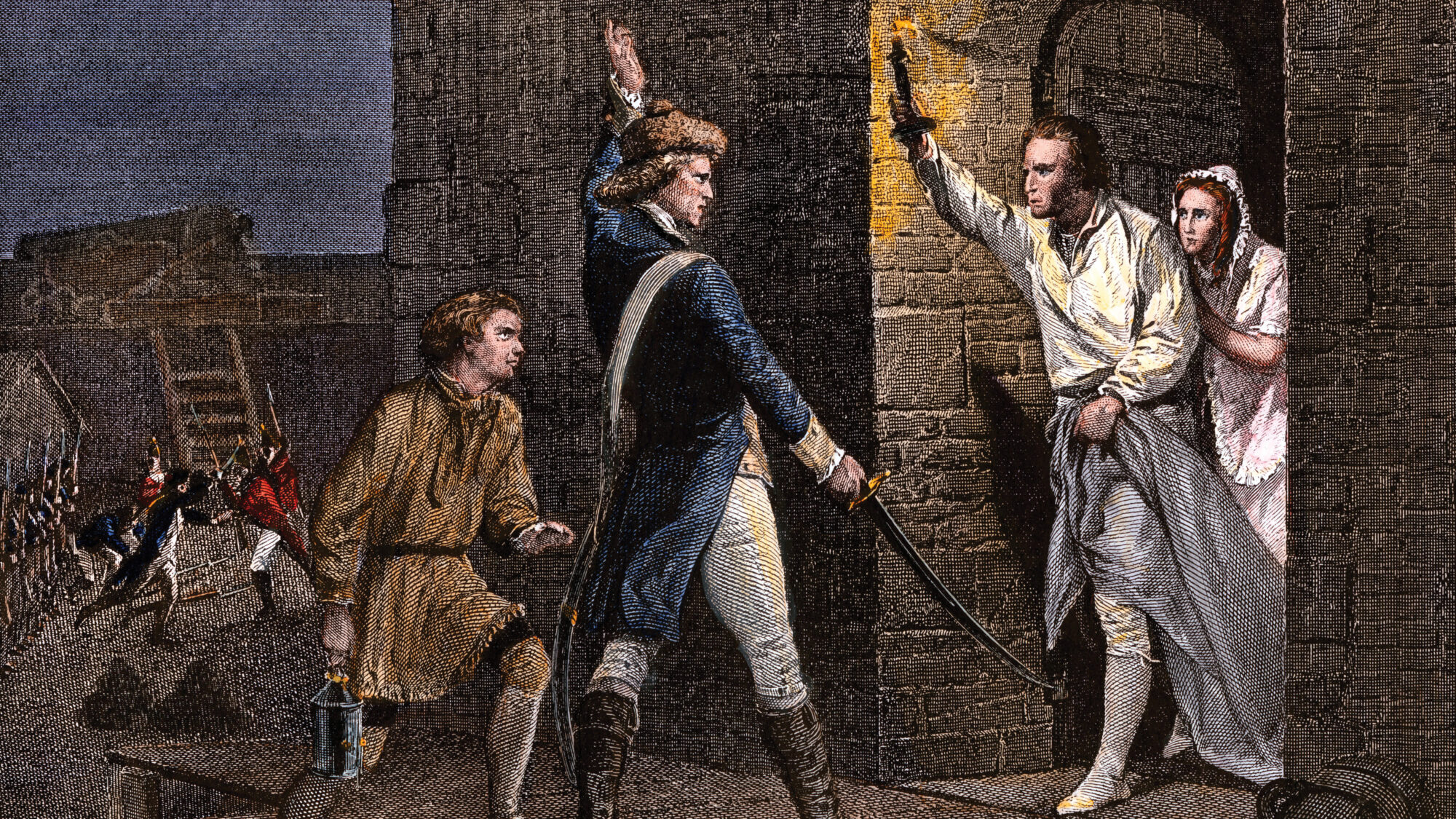
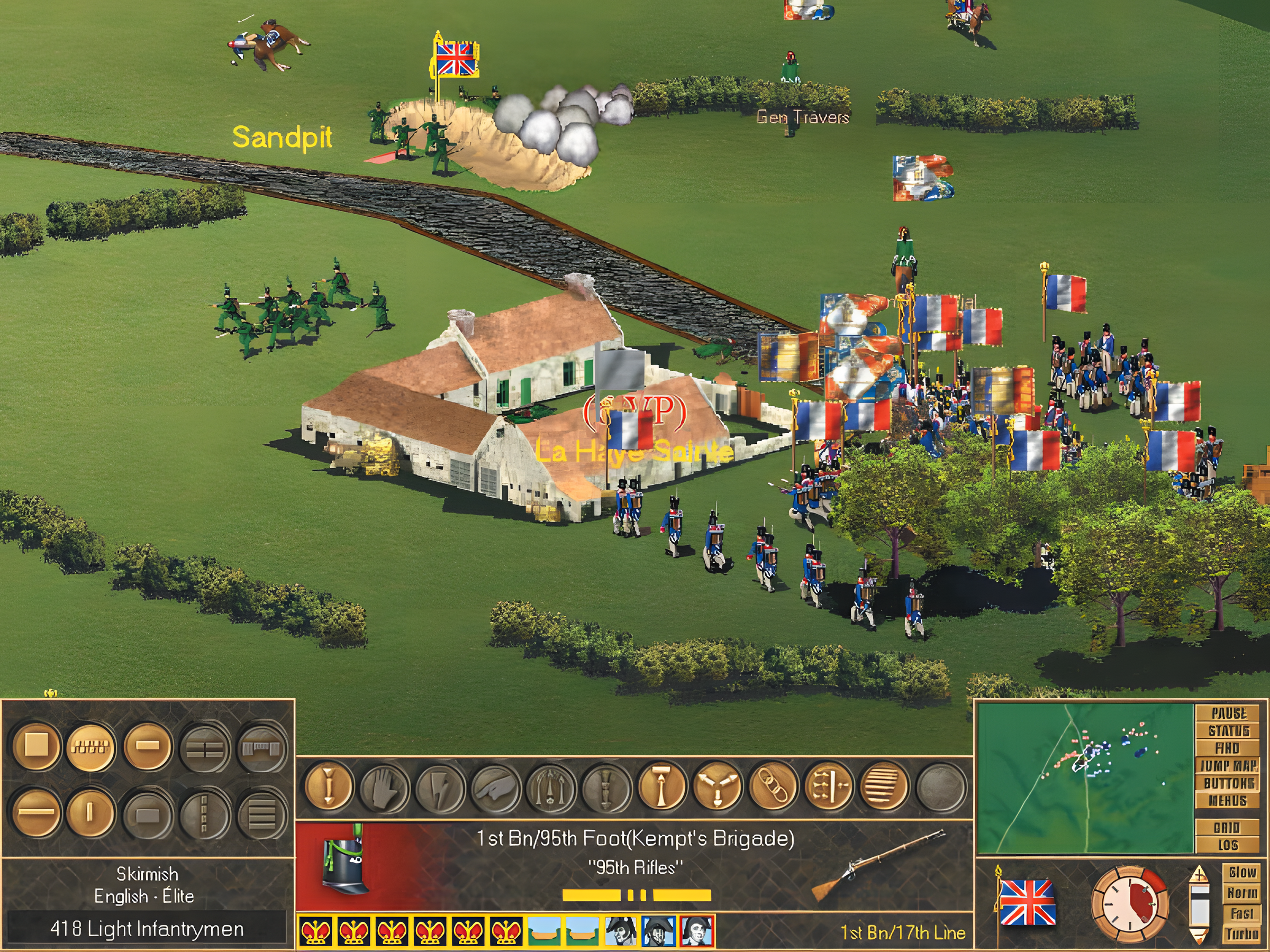
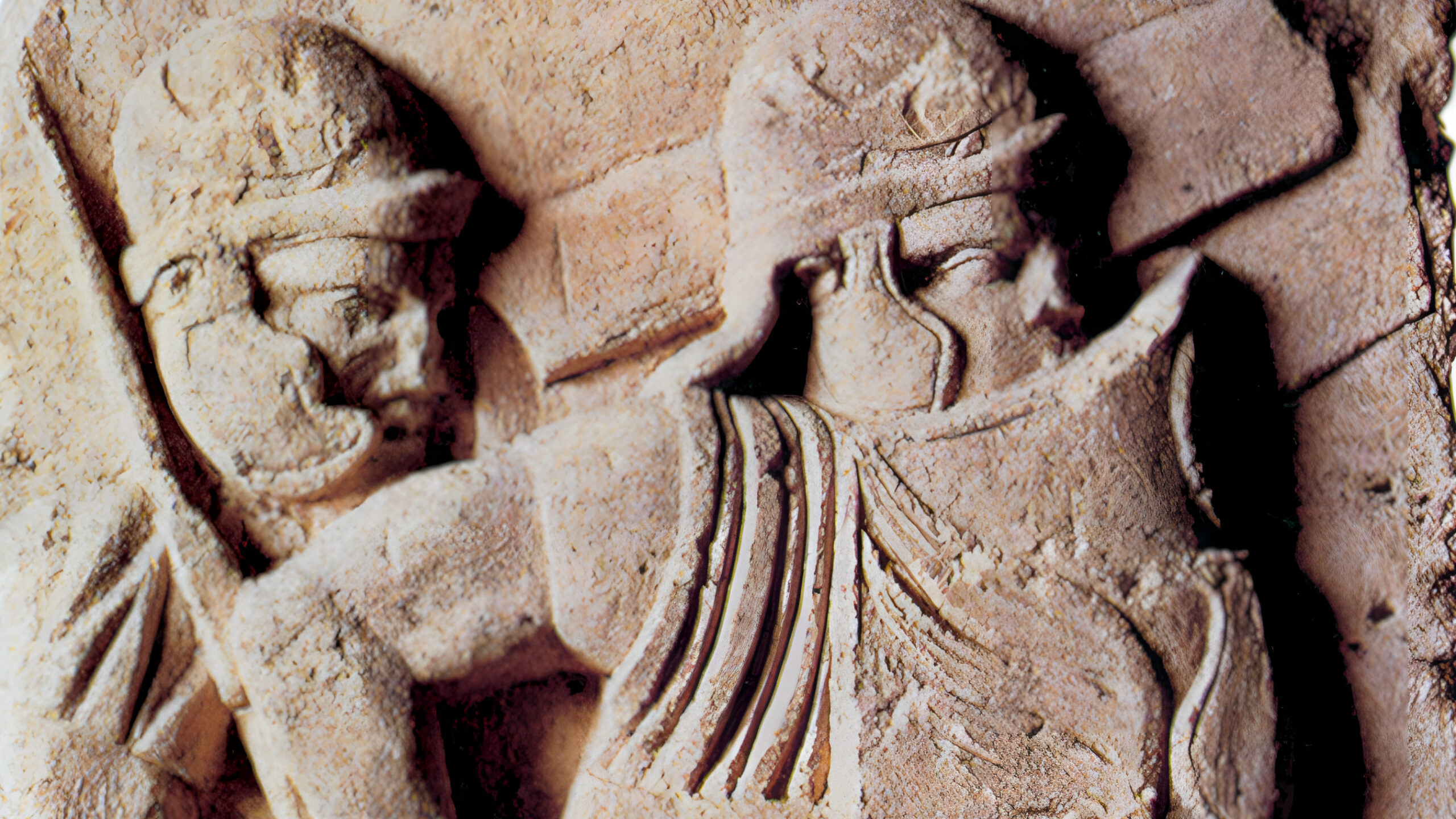
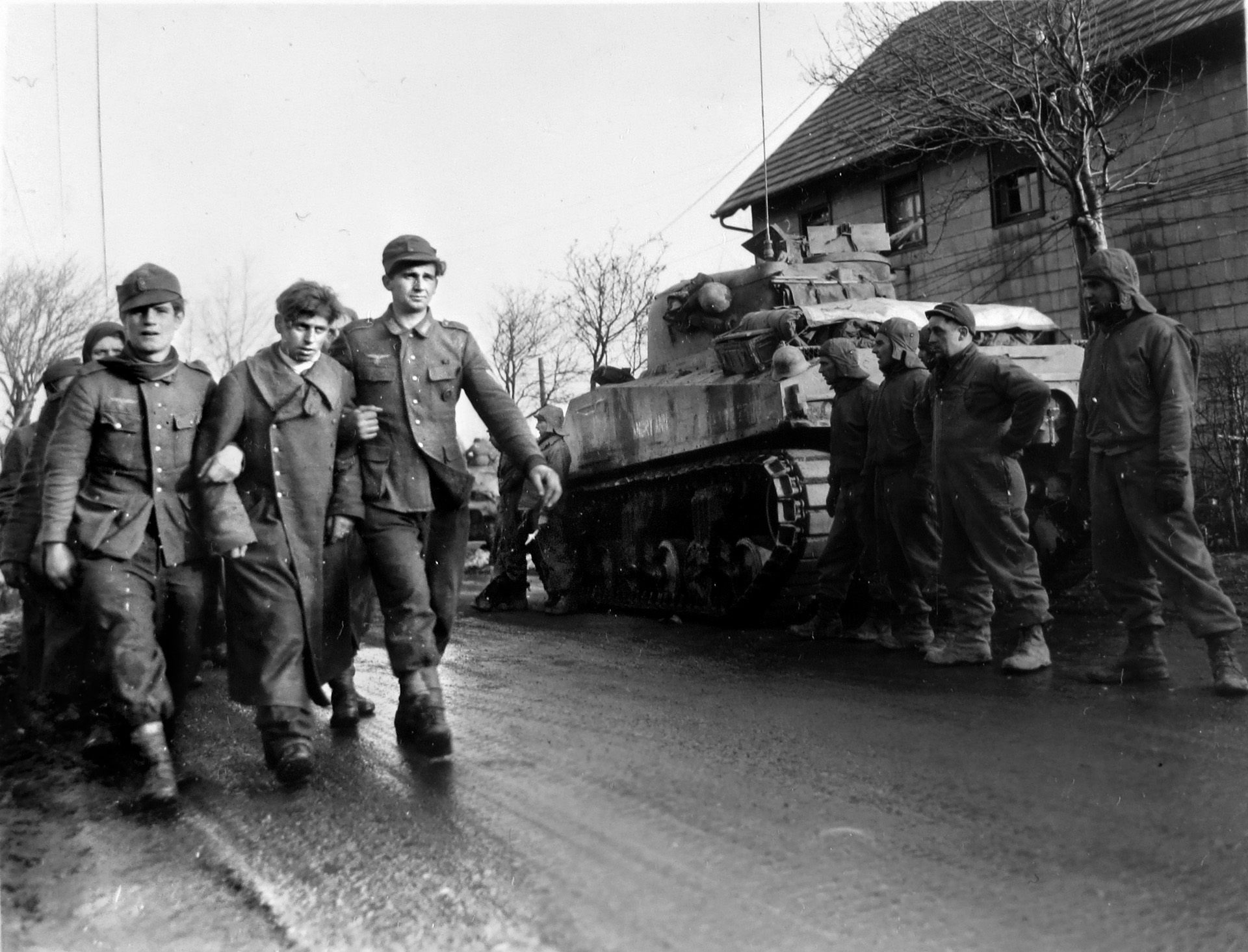
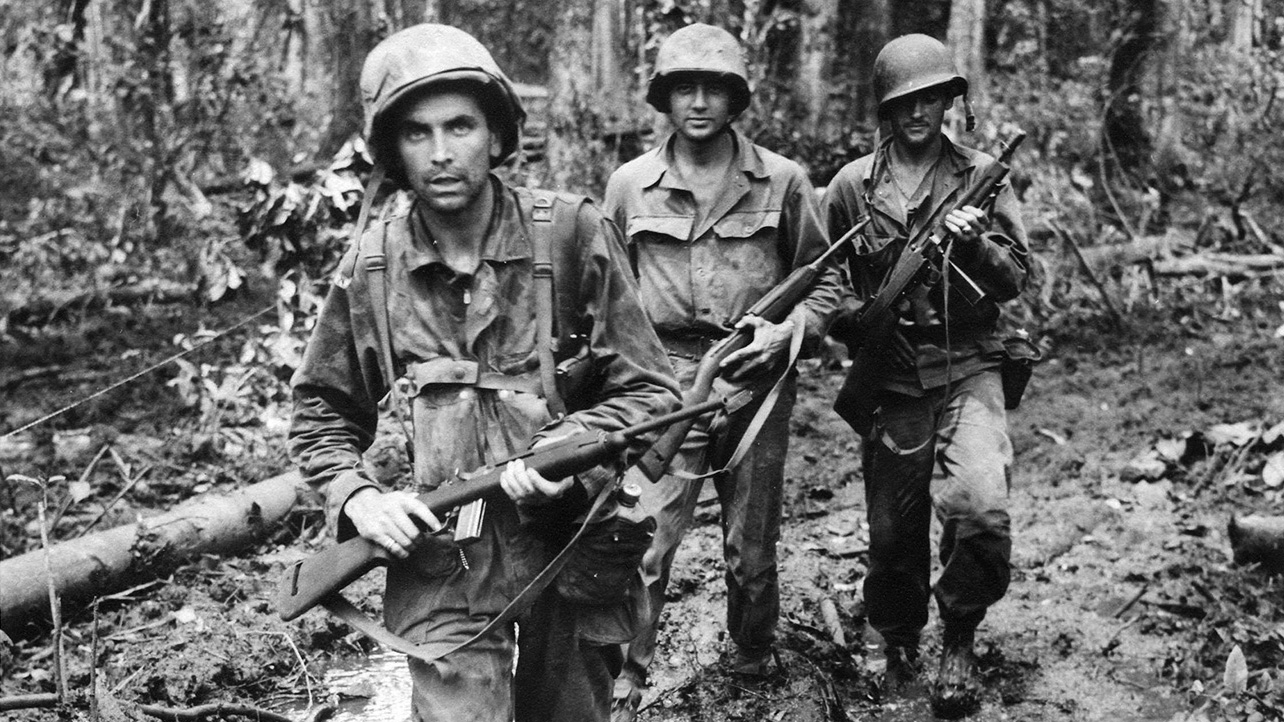
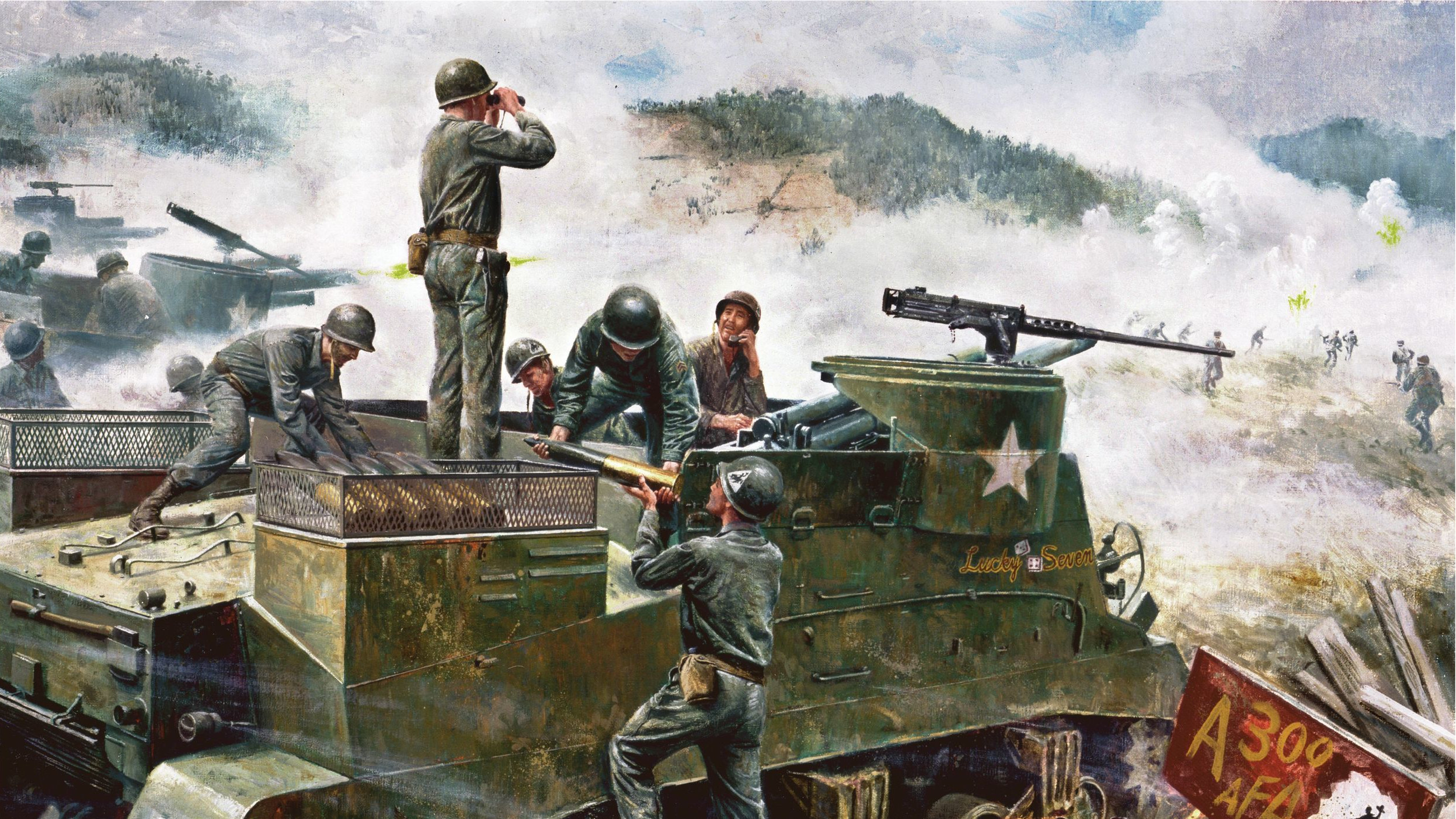
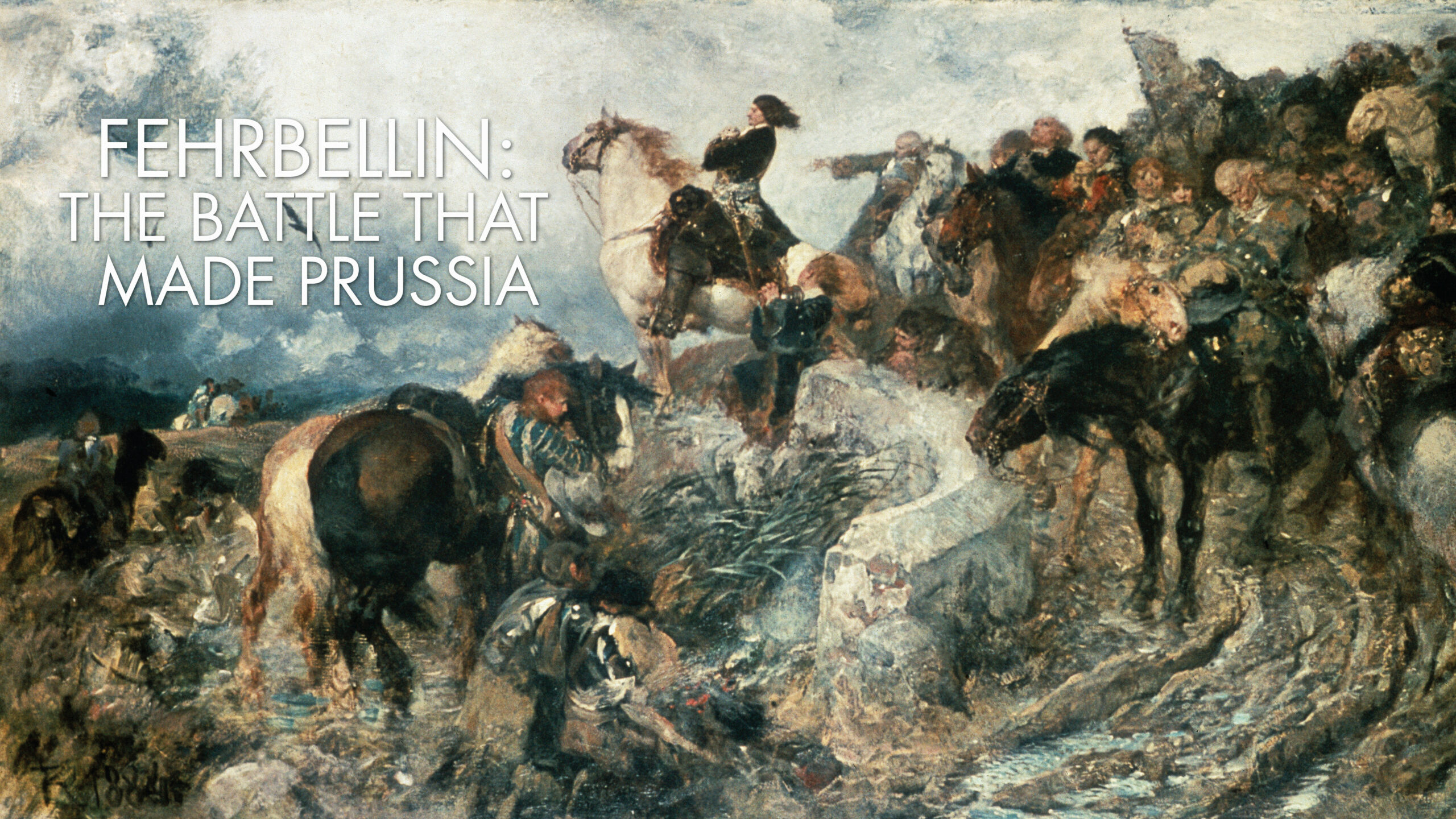
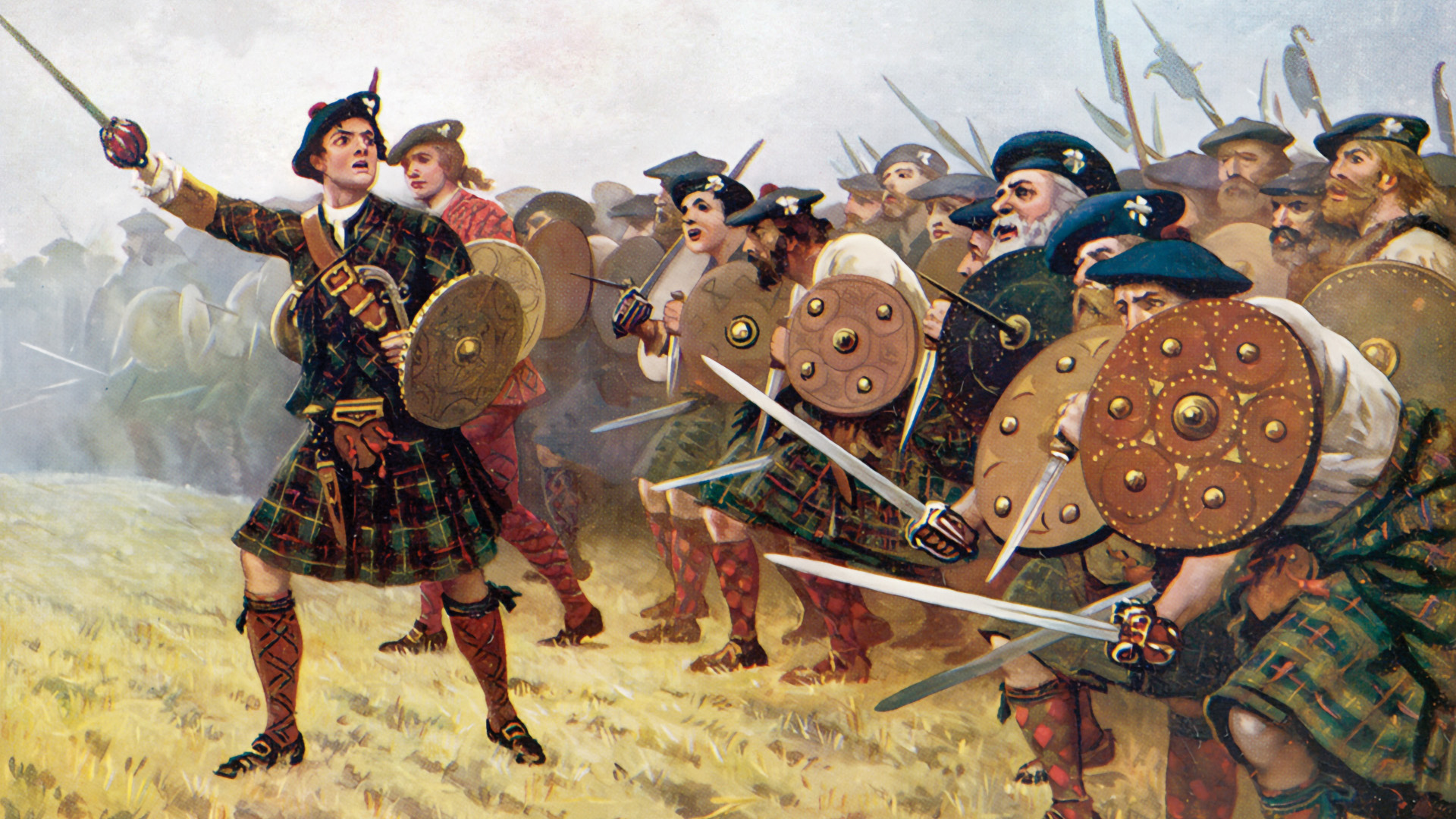
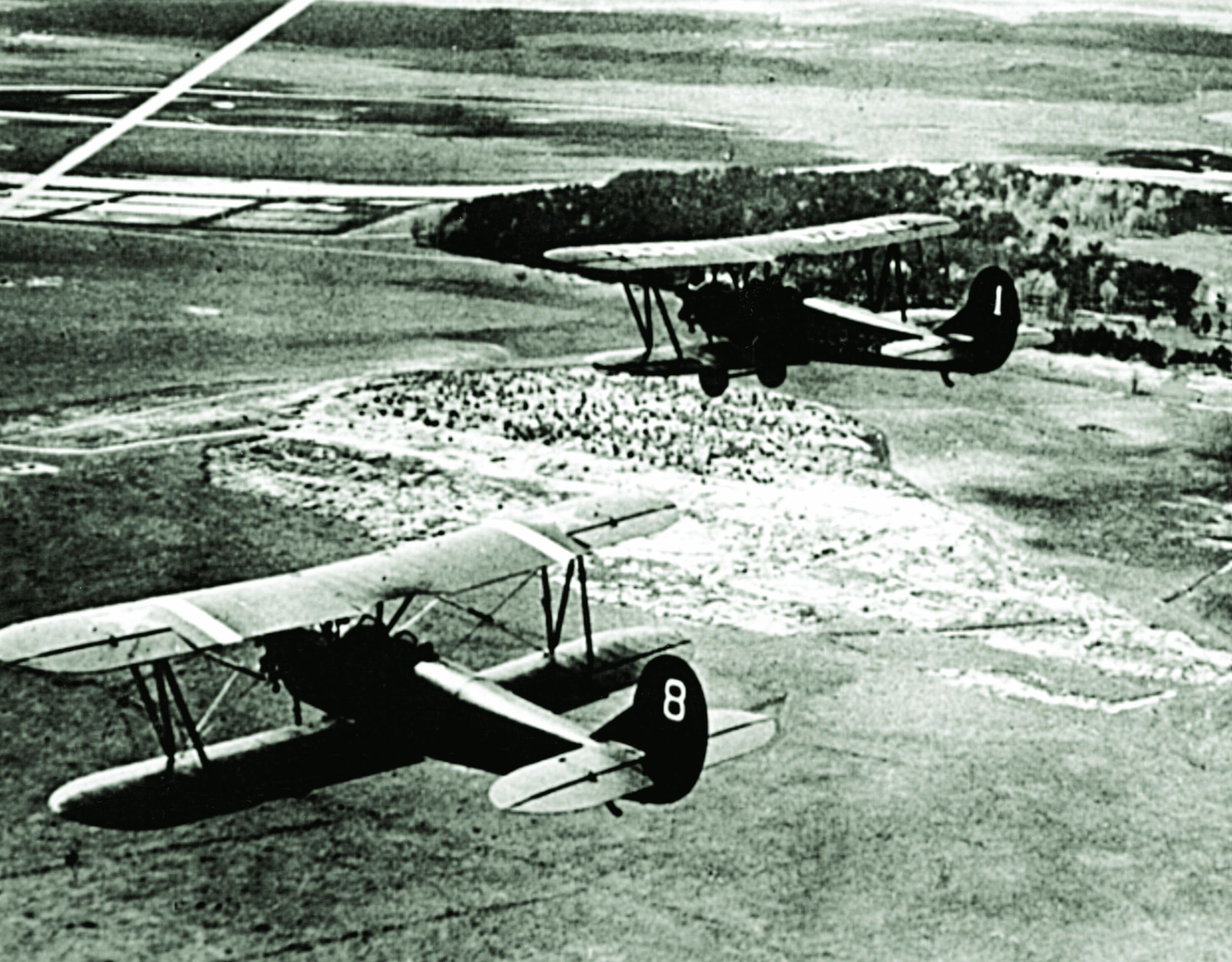
Join The Conversation
Comments
View All Comments